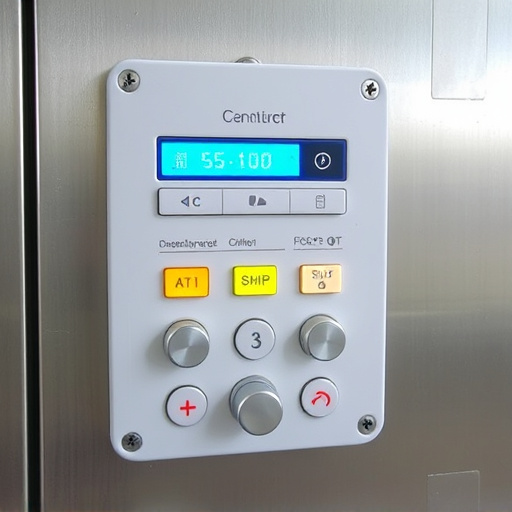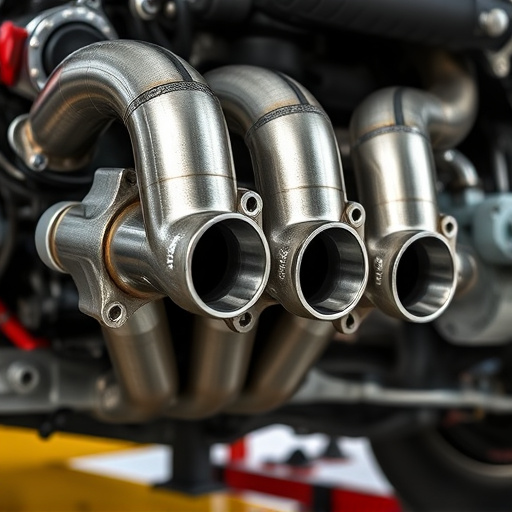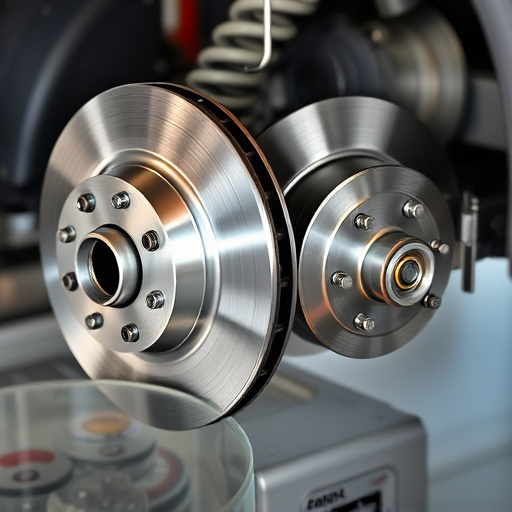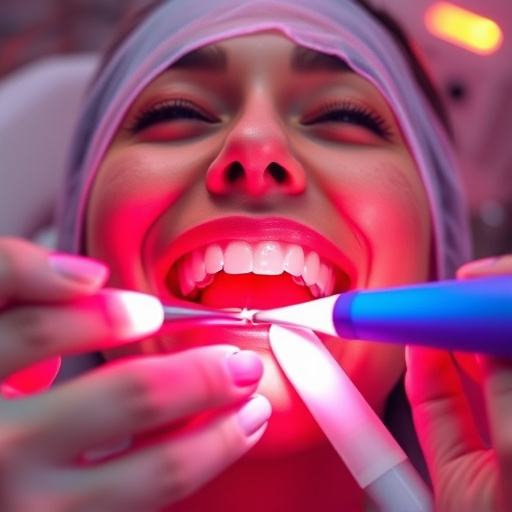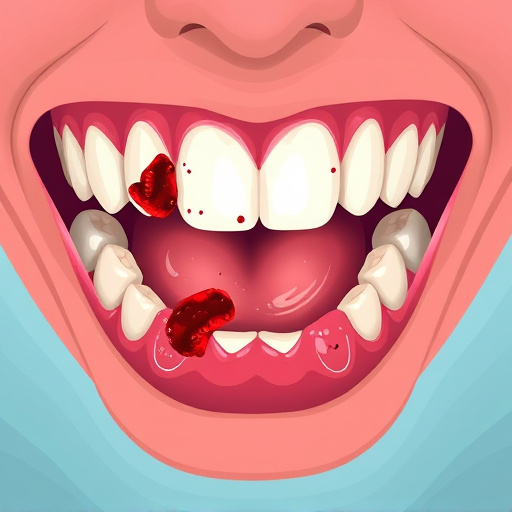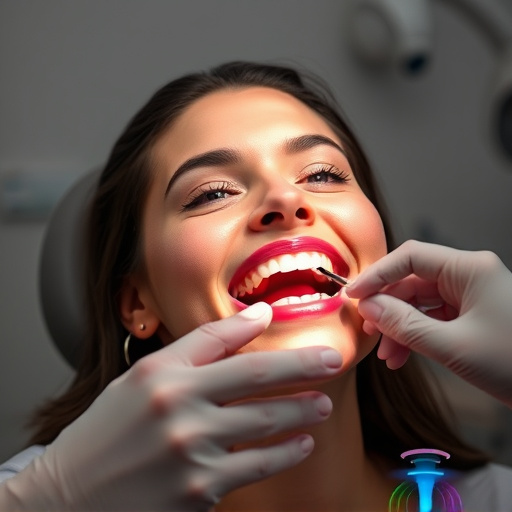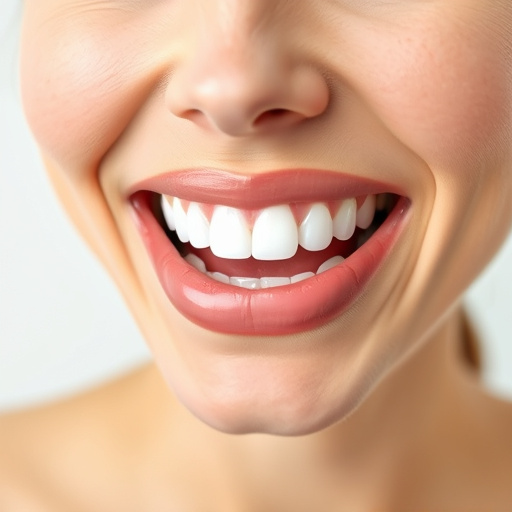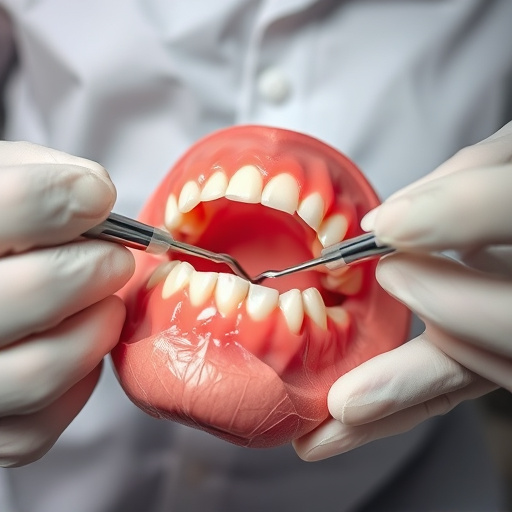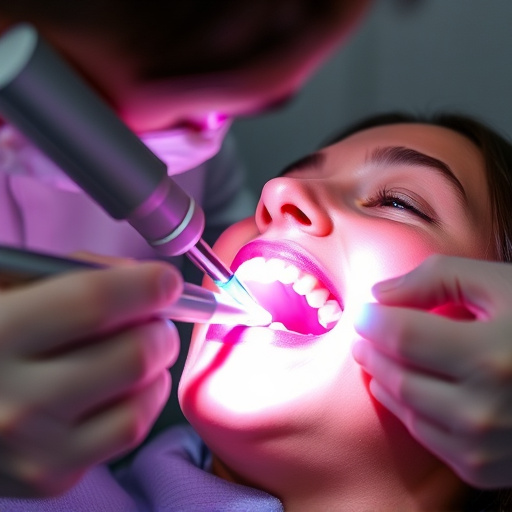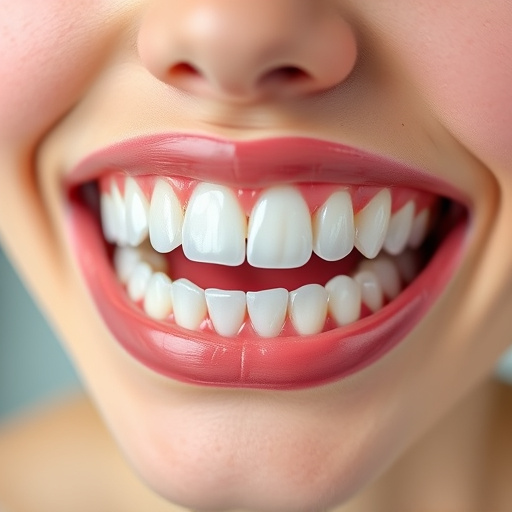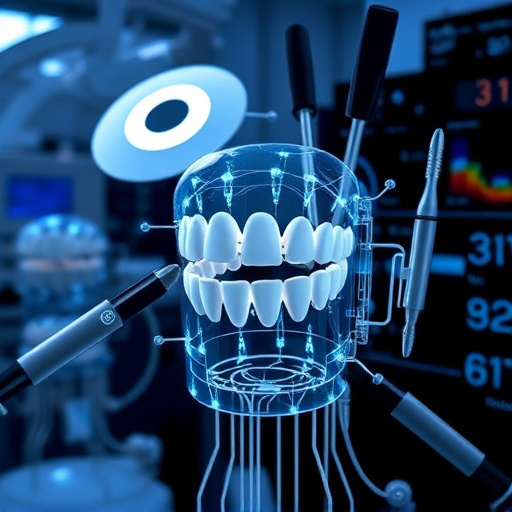3D dental imaging revolutionizes dentistry with detailed, three-dimensional views of oral structures, enhancing accuracy in bone density assessment, pathology detection, and treatment planning. It offers precise nerve mapping for safer surgeries and early detection of issues like nerve compression or damaged tooth roots, improving patient outcomes and oral health. Integrating 3D imaging into routine exams enables dentists to make more accurate diagnoses and treatments, fostering better overall dental care.
“Revolutionize dental care with 3D dental imaging—a game-changer in jawbone and nerve mapping. This advanced technology offers unprecedented insights into oral anatomy, unlocking complex jawbone structures and enabling precise nerve mapping. By enhancing diagnostic accuracy and treatment planning, 3D imaging is transforming dentistry. From better implant surgeries to reduced risks during procedures, this article explores the benefits and applications of 3D dental imaging, highlighting its crucial role in advancing dental practices.”
- Unlocking Jawbone Structure: 3D Imaging Power
- Nerve Mapping: Enhancing Dental Precision
- Advancing Dentistry: Benefits and Applications
Unlocking Jawbone Structure: 3D Imaging Power
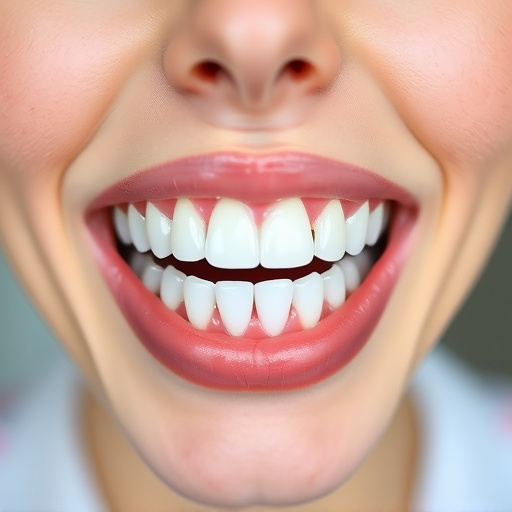
Unlocking Jawbone Structure: The Power of 3D Imaging
In the realm of dental care, precision and detailed visualization are key to successful procedures. This is where 3D dental imaging emerges as a game-changer. Unlike traditional 2D radiographs that offer limited views, 3D imaging provides an in-depth, comprehensive look at the patient’s oral structure. This advanced technology allows dentists to meticulously map the jawbone, teeth, and surrounding nerves, offering unprecedented clarity.
With 3D dental imaging, dentists can accurately assess bone density, identify potential issues like cysts or tumors, and plan treatments with enhanced confidence. Whether it’s for teeth cleaning, tooth repair, or even complex tooth extractions, this technology ensures that every aspect of the jawbone structure is considered, leading to more effective and precise procedures.
Nerve Mapping: Enhancing Dental Precision
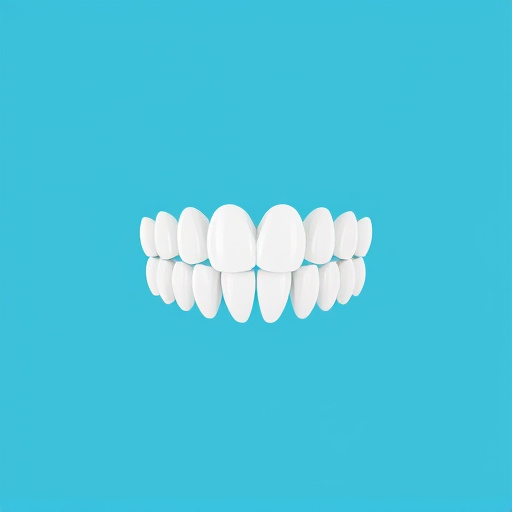
Nerve mapping is a significant advancement within 3D dental imaging that enhances precision and safety during dental procedures. By accurately visualizing the complex network of nerves in the jawbone, dentists can make more informed decisions when performing surgeries or placing dental implants. This technology allows for precise identification of nerve pathways, ensuring minimal damage to surrounding neural tissues.
In the realm of preventative dentistry, 3D imaging plays a crucial role in early detection and diagnosis. Dentists can use these detailed visualizations to identify potential issues like nerve compression or damaged tooth roots before they escalate. This enables them to recommend appropriate treatments, such as dental crowns or fillings, with enhanced accuracy and confidence, ultimately improving patient outcomes and oral health.
Advancing Dentistry: Benefits and Applications
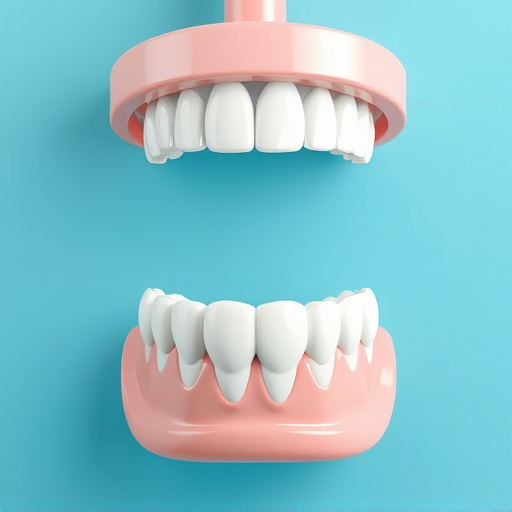
The advancement of 3D dental imaging technologies has revolutionized the field of dentistry, offering unprecedented levels of precision and insight. This innovative technique provides a comprehensive view of the jawbone, teeth, and surrounding structures, enabling dentists to make more accurate diagnoses and treatment plans. With its ability to create detailed digital models, 3D imaging serves as a powerful tool for both restorative dentistry and preventive care.
By utilizing this technology during routine oral exams, professionals can detect even the subtlest changes in bone structure and identify potential issues early on. For example, it aids in precise placement of dental crowns, ensuring they fit seamlessly with surrounding teeth. This not only enhances the accuracy of treatments but also contributes to improved patient outcomes. Moreover, 3D imaging facilitates better understanding of nerve mappings, crucial for avoiding complications during surgical procedures.
3D dental imaging is transforming the way we understand jawbone structure and nerve mapping, offering unprecedented precision in dentistry. By unlocking these complex components, dental professionals can provide advanced care that enhances patient outcomes. This innovative technology not only benefits routine procedures but also plays a pivotal role in various dental applications, marking a significant advancement in the field.
